Thomas Paine was an English born American political activist, philosopher, political theorist and revolutionary. One of the Founding Fathers of the United States, he authored the two most influential pamphlets at the start of the American Revolution and inspired the rebels in 1776 to declare independence from Britain. Take a look below for 30 more interesting and awesome facts about Thomas Paine.
1. His ideas reflected Enlightenment-era rhetoric of transnational human rights.
2. Born in Thetford in the English county of Norfolk, Paine migrated to the British American colonies in 1774 with the help of Benjamin Franklin, arriving just in time to participate in the American Revolution.
3. Virtually every rebel read, or listened to a reading of, his powerful pamphlet Common Sense, proportionally the all-time best-selling American title, which explained the rebellious demand for independence from Great Britain.
4. His The American Crisis was a pro-revolutionary pamphlet series.
5. Common Sense was so influential that John Adams said: “Without the pen of the author of Common Sense, the sword of Washington would have been raised in vain.”

6. Paine lived in France for most of the 1790s, becoming deeply involved in the French Revolution.
7. He wrote Rights of Man, in pat a defense of the French Revolution against its critics.
8. His attacks on Irish conservative writer Edmund Burke led to a trial and conviction in absentia in England in 1792 for the crime of seditious libel.
9. He was born on February 9, 1737, to Joseph Pain, a Quaker, and Frances Pain, an Anglican, in Thetford, Norfolk, England.
10. He was educated at a time when it wasn’t mandatory, and later apprenticed with his father to make sailing ropes.
11. His marriage ended in tragedy when his wife and child died during birth.
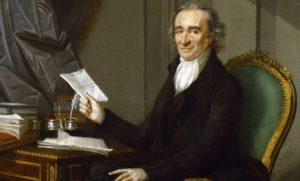
12. At some point while living in England, Thomas changed his birth name of Pain to Paine.
13. Paine married for the second time on March 26, 1771, to Elizabeth Olive, the daughter of his landlord.
14. In 1774, Paine lost his job as an excise officer and, in order to avoid debtor’s prison, he sold all of his possessions. His second marriage ended soon after.
15. When Paine moved to London, he met Benjamin Franklin, who encouraged him to move to America and provided him with a letter of recommendation. In October, Paine left England and arrived in Philadelphia on November 30, 1774.
16. Paine began editing the Pennsylvania Magazine in January 1775, only a few months after arriving in America.
17. While working as editor at Pennsylvania Magazine, Paine began writing articles that were politically motivated. He wrote “African Slavery in America” in which he condemned the practice. He signed the article under the pseudonym “Justice and Humanity.”
18. Paine’s Common Sense pamphlet is believed to have forced the issue of creating the Declaration of Independence.
19. During the Revolutionary War, Paine traveled with General Nathanael Greene of the Continental Army, as his personal assistant. During this time, he wrote 16 Crisis papers which were published between 1776 and 1783.
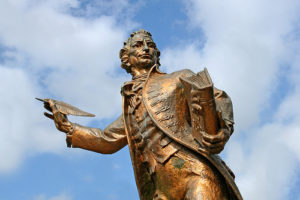
20. In 1777, Paine was appointed Secretary to the Committee for Foreign Affairs, but following a few missteps, he was expelled from the committee two years later.
21. Paine was hired as a clerk of the General Assembly of Pennsylvania and worked to secure additional supplies for the soldiers, who were disgruntled because of low pay and scarce wartime supplies. His efforts are believed to have helped with the Revolution’s success.
22. Paine eventually returned to England, and became involved once again in politics. He narrowly escaped execution in 1794.
23. He continued to write, until his death in 1809. For more than 100 years, his images was tarnished, until 1937 when the truth was written in the Times of London, giving him credit for al his work and impact on the American Revolution.
24. Because his father was a Quaker and his mother was Anglican, Paine’s parents would often argue about religion, making it a focal point in his life.
25. He was unsuccessful as an apprentice to his father, a privateer, a corset shop owner and a custom’s officer before he moved to America.
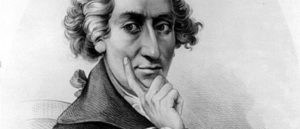
26. After publishing many editions of The Rights of Man, he was considered to be an outlaw by England because they saw his writings as defending the French.
27. Upon his eventual return to the United States from France, he discovered that because of his religious views, his efforts towards the American Revolution had been considered void.
28. The first and longest standing memorial to Paine is the carved and inscribed 12 foot marble column in New Rochelle, New York. The memorial was organized and funded by publisher, educator and reformer Gilbert Vale and raised in 1839 by the American sculptor and architect John Frazee.
29. New Rochelle is the original site of Thomas Paine’s Cottage, which along with a 320 acre farm were presented to Paine in 1784 by act of the New York State Legislature for his services in the American Revolution.
30. New Rochelle is also the site of the Thomas Paine Memorial Museum. Thomas Edison helped to turn the first shovel of earth for the museum, which serves as a museum to display both Paine relics as well as others of local historical interest.

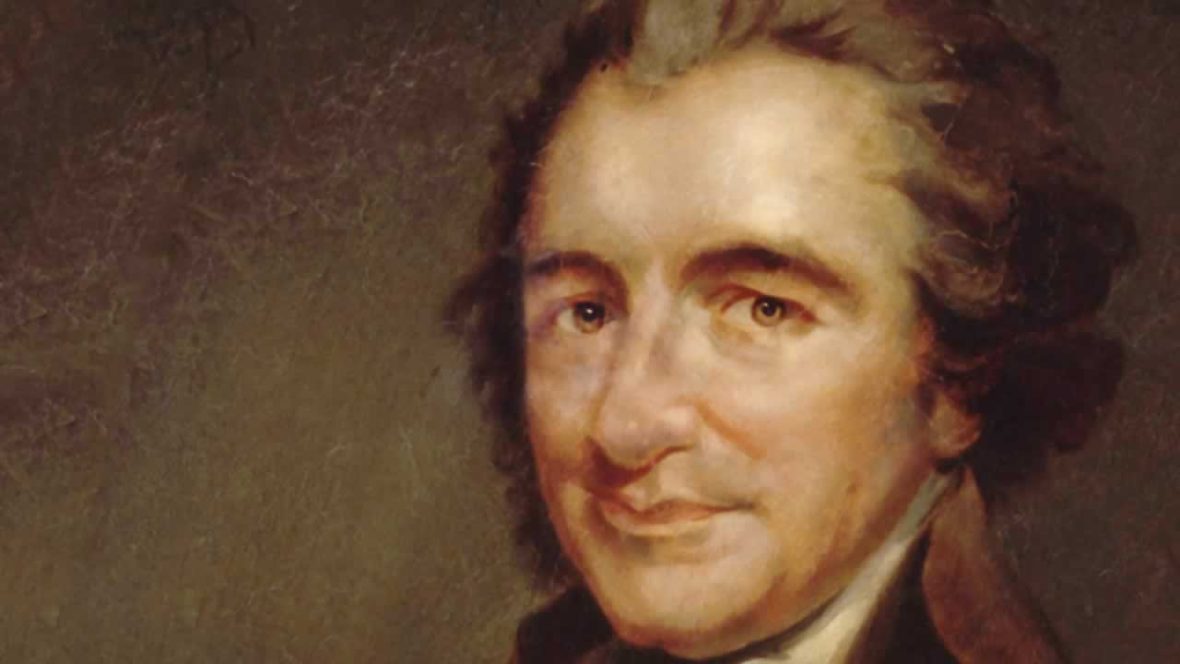
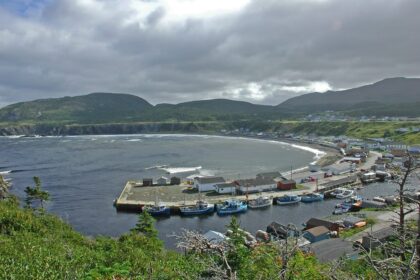
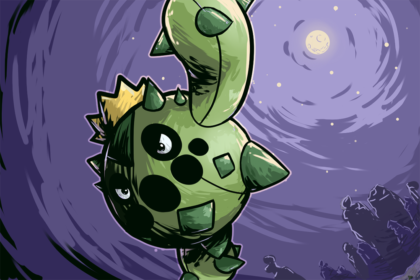

One Comment
Marylynn Neese
June 21, 2020 at 7:01 pmThank you so much for this article! I have been reading about Thomas Paine for some time & the timeline here is great fact checking. I am writing his astrological biography for my website & this is helpful in terms of matching cycles with actual events! One question I have is about his date of birth. This article states February 9th & others I have read state January 29th. I will have to keep checking and will let you know what I find out.
Thanks again, Lynn Neese